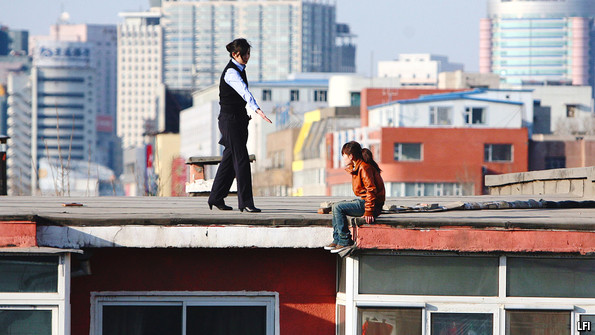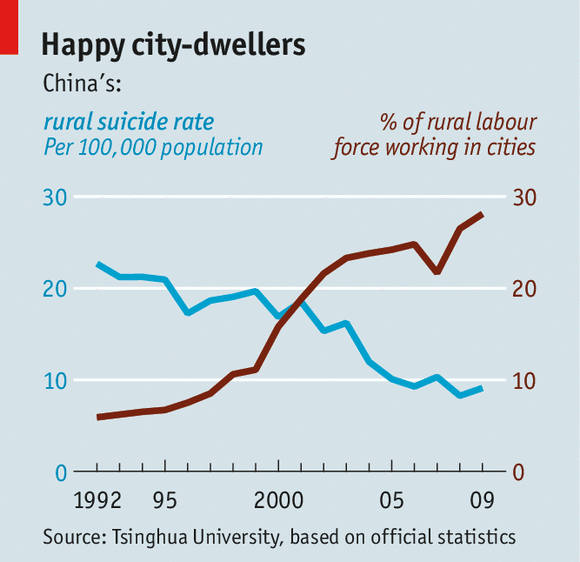Tears, Joy at Vote to Fund Bridge Suicide Barrier

A teary-eyed Dana Barks was almost speechless after officials for the
San Francisco's iconic Golden Gate Bridge approved a $76 million funding
package for a suicide barrier that could prevent people from jumping to
their deaths.
The bridge district's board of directors voted unanimously in favor
Friday for the funding of a steel suicide net. The motion for the
historic vote came from board member and former bridge district director
John Moylan, whose grandson, Sean Moylan, jumped off the bridge to his
death earlier this month.
Seconds after the vote, the tears from many people in the standing-room-only crowd were followed by shouts of joy.
"A lot of people have done so much incredible work to get this
accomplished," said Barks of Napa, who lost his son, Donovan, to suicide
on the bridge in 2008.
After the vote, Barks rose from his knees and shared an emotional
embrace with Sue Story of Rocklin, whose son Jacob jumped off the bridge
in 2010.
"We did it!" Story said. "It's no longer the Bridge of Death anymore."
Funding sources for the suicide barrier include $20 million from the
bridge, mostly coming from toll revenue, $49 million in federal money
and $7 million from the state. Some of the money still requires
additional approval.
But the bridge's board has now taken its final step in adopting the net.
"The tragedy of today is that we can't go back in time, we can't save
... the people who jumped off the bridge. But the good thing, with this
vote today, we can vote in their memory," board member Janet Reilly
said. "We will save many lives who have followed in their footsteps —
and that's what so extraordinary about today."
The Golden Gate Bridge, with its sweeping views of the Pacific Ocean and
San Francisco Bay, has long been a destination for people seeking to
end their lives. Since the structure opened in 1937, officials say more
than 1,400 people have plunged to their deaths, including a record 46
suicides last year. Supporters of the suicide barrier estimate that more
than 1,600 have died jumping off the bridge.
Most jumpers suffer a grisly death, with massive internal injuries,
broken bones and skull fractures. Some die from internal bleeding.
Others drown.
Officials have discussed a suicide barrier on the bridge for decades. In
2008, the bridge's board voted to install a stainless steel net,
rejecting other options, including raising the 4-foot-high railings and
leaving the world-renown span unchanged.
Two years later, they certified the final environmental impact report
for the net, which would stretch about 20 feet wide on each side of the
span. Officials say it will not mar the landmark bridge's appearance.
But funding for the project remained a major obstacle.
A significant hurdle was overcome two years ago when President Barack
Obama signed into law a bill making safety barriers and nets eligible
for federal funds.
House Minority Leader Nancy Pelosi of California in a statement Friday
praised the bridge's board and Assemblyman Tom Ammiano, D-San Francisco,
who has been a staunch advocate for a barrier.
"The Golden Gate Bridge is a source of immense pride to San Francisco,
but for too many families in our community, it has also been a place of
pain," Pelosi said. "A suicide prevention barrier offers a critical
second chance for troubled men and women acting on often impulsive
suicidal thoughts. Together, we can ensure this magnificent landmark
stands as a faithful companion for all San Franciscans, awing and
inspiring visitors for generations to come."
Kevin Hines, who miraculously survived his suicide attempt after jumping
off the structure in 2000 at age 19, urged the board before its vote to
"not let one more family sit in eternal pain in perpetuity because of
politics."
He later broke down after the unanimous vote approving the funding.
"I feel like a giant weight has been lifted off my shoulders, all of our
shoulders. I feel free," Hines said. "I feel a sense of hope that I
haven't had in a very long time. It's not over yet. We will be here
until that net is raised and no more people die."
Bidding on the job is expected to start next year, with completion of construction expected in 2018.
———
Follow Terry Collins at https://twitter.com/aptcollins and Sudhin Thanawala at https://twitter.com/sudhint













